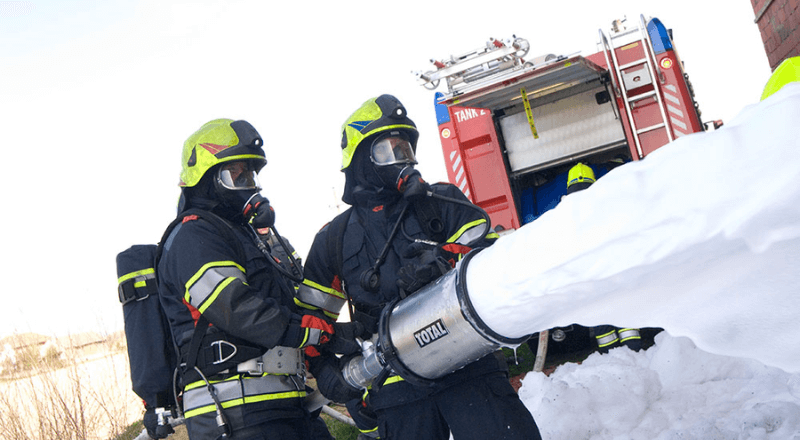
PFAS in Fire Fighting Foam: How serious is the issue? What you should do!
What Are PFAS?
PFAS are short for perfluoroalkyl substances. They are manmade chemicals that contain fluorine atoms attached to carbon chains. They are commonly used as surfactants (surface active agents) in consumer products such as firefighting foam, stain repellents, waterproof coatings, water-repellent clothing , nonstick cookware and products that resist grease, water, and oil. The most commonly studied PFAS are perfluorooctanoic acid (PFOA) and perfluorooctane sulfonic acid (PFOS).
Why Should You Care?
During production and use, PFAS can migrate into the soil, water, and air. Most PFAS (including PFOA and PFOS) do not break down, so they remain in the environment. These compounds are called “forever chemicals” because they don’t break down in the environment or the human body and can accumulate over time. They have been linked to a variety of health problems including cancer, liver damage, and decreased fertility.
Data from a new study by the US Geological Survey finds the presence of PFAS chemicals in 20% of private wells and 60% of public wells sampled in 16 eastern states of the United States. Pentagon documents show that at least 385 military installations in the USA are polluted with PFAS, mostly from firefighting foam used widely in training exercises. According to the Centre for Disease Control and Prevention (CDC), the presence and concentration of PFAS in U.S. drinking water present one of the most seminal public health challenges for the next decades.
AFFF Foam and PFAS menace
For decades, firefighters have used aqueous film-forming foam (AFFF, or alcohol-resistant AR-AFFF)to help extinguish difficult-to-suppress fires, particularly Class B fires involving flammable liquids. AFFF is usually created by combining foaming agents with fluorinated surfactants. Per- and polyfluoroalkyl substances (PFAS) are the active ingredient in these fluorinated surfactants. When mixed with water and discharged, the foam forms an aqueous film that quickly cuts off the oxygen, cools it, extinguishes the fire, and prevents the fire from reignition.
While AFFF formulations have proven to be extremely effective in suppressing those fires, new research data finds that the use of AFFF had serious unintended consequences for both the firefighters who used it and the communities they protect.
The primary concern centers around the potential negative impact on the environment from the discharge of AFFF, with the primary issues being the toxicity, biodegradability, persistence, treatability in wastewater treatment plants, and nutrient loading of soils. All of these are cause for concern when foam solutions reach natural or domestic water resources.
When AFFF is repeatedly used in one location over a long period (e.g., fire training facilities), the PFAS can migrate from the foam into the soil and then into groundwater. The amount of PFAS that enters the groundwater depends on the type and amount of AFFF used, where it was used, the type of soil, and other factors. If a private well or public water source is located nearby, it could be affected by PFAS.
In 2019, a U.N. expert committee decided unanimously to recommend the complete global elimination of PFHxS and 147 related substances. PFHxS is a toxic chemical that was used by the fluorine industry as a replacement for PFOS and PFOA. Earlier a comprehensive study report published by IPEN (a public interest NGO network working in more than 120 countries to reduce and eliminate hazardous substances) presented evidence from studies that firefighters using aqueous film-forming foams (AFFF) have unacceptably elevated blood levels of both PFHxS and PFOS from activities such as
- Using AFFF foam for fire suppression operations and training
- Contact with contaminated PPE
- Handling equipment contaminated with AFFF
- Managing PFAS foam wastes and
- Occupation of contaminated fire stations.
How to identify the presence of PFAS in AFFF?
It may not be easy to tell if the AFFF you have contains PFAS. These chemicals are not required to be reported on any material safety data sheets (MSDS), as they currently are not considered hazardous substances. PFAS may not be listed under any active ingredients list, either.
A good indicator that the foam contains PFAS is if it mentions fluorosurfactant, fluoroprotein, C6, or the use of “fluoro”, however, not all fluorinated surfactants are made of PFAS. The best thing to do is to note the brand and manufacturer of the foam and contact the manufacturer in writing to see if PFAS (the entire family of PFAS, not just the single compound PFOS) is used in its production and ask for the MSDS.
What Can I Do About it?
There are several things you can do to reduce your exposure to these chemicals. First, make sure you use only foam with low levels of PFAS. Use of fluorine-free firefighting foam is recommended to replace toxic fluorinated firefighting foam.
Recently an Australian company, Synergen Met claimed a more efficient Solution to concentrate PFAS from contaminated liquids, and a ground-breaking plasma-based technology to bond problematic fluorine.
Till the development of a commercially viable solution or statutory guidelines on PFAS, follow the below guidelines during handling of AFFF
- Don’t dump AFFF into a storm drain, the sewer, or landfills
- Wash your hands thoroughly after handling foam
- Don’t sell or give away fluorinated AFFF or AR-AFFF to regular vendors. Dispose of it as a hazardous chemical only
- Do evaluate your fire department’s standard operating procedure (SOP) for the Selection and use of firefighting foams
- Only use AFFF foam for hydrocarbon fires, alcohol-based products, and aviation accidents to save lives or protect critical infrastructure.
- Training and mock drills that use AFFF shall have provision for the collection of spent foam without discharging into an open drain.
- Do not use AFFF for training purposes. Use specially designed training foams to carry out training. Specially designed training foams are available that simulate AFFF during live training, but do not contain PFAS. These training foams are normally biodegradable and have a minimal environmental impact. Also, firefighters shall be made aware that the absence of PFAS in training foam means that those foams have a reduced burn-back resistance and are hence not suitable for real firefighting.
- Conduct awareness for your firefighting staff regarding the hazards of PFAS












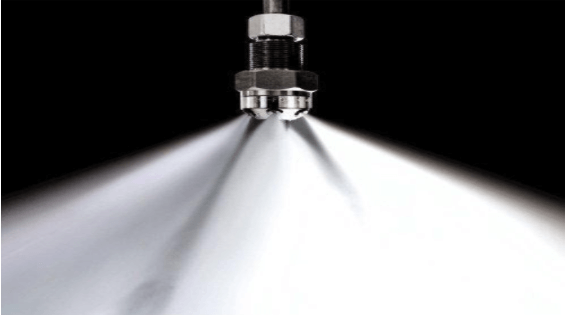
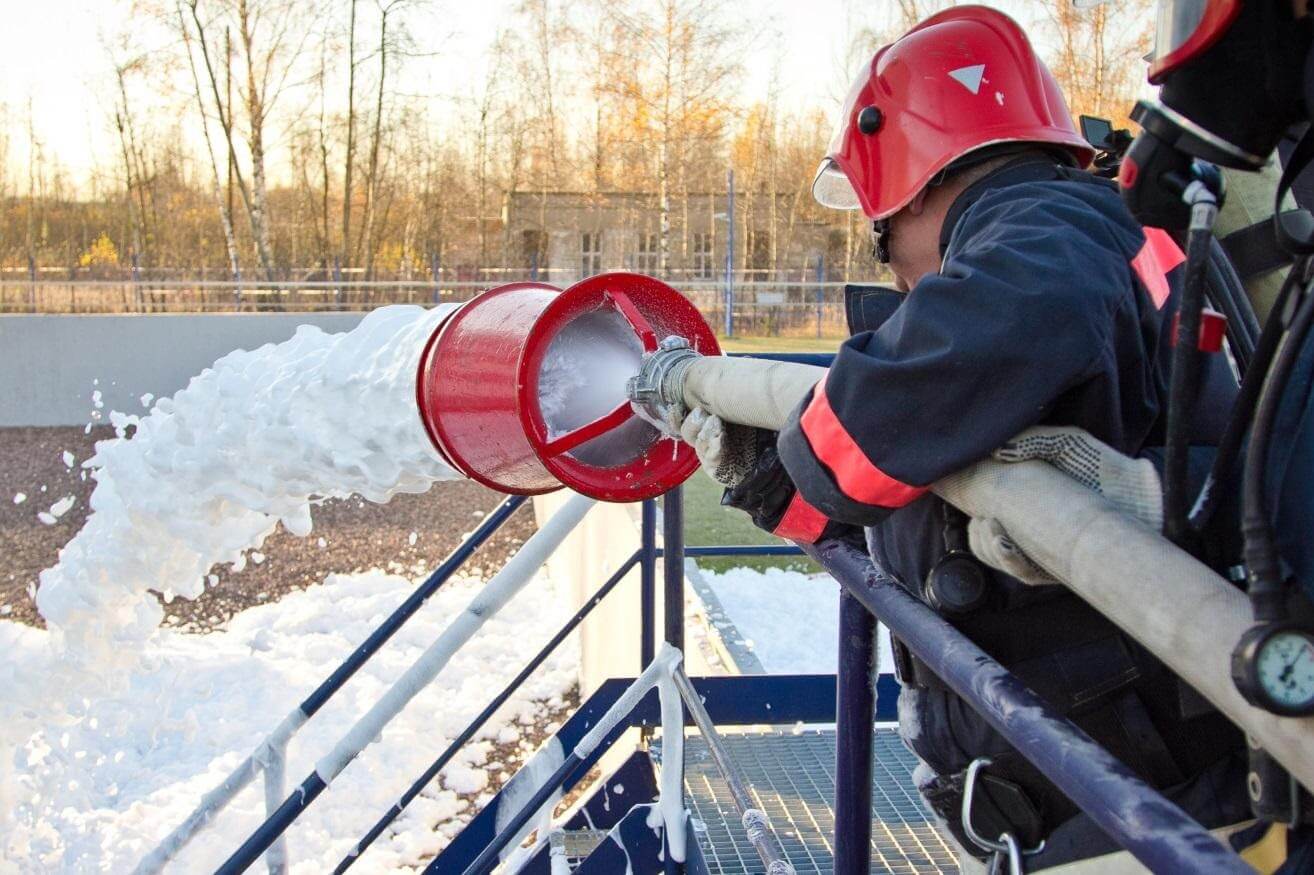

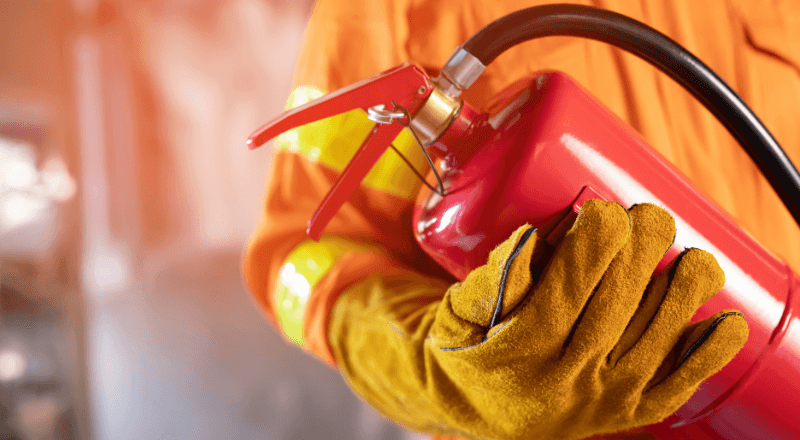
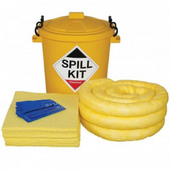

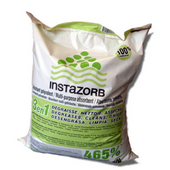

















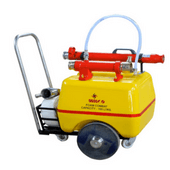
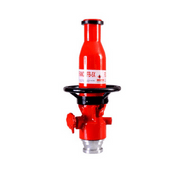



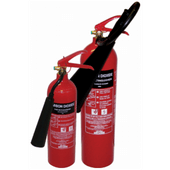
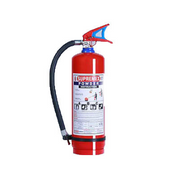
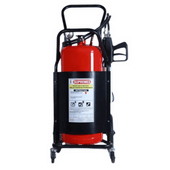

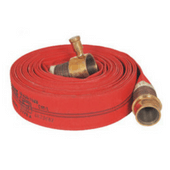
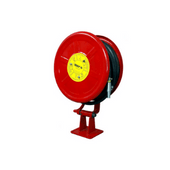

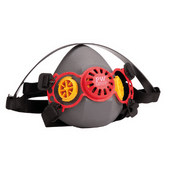
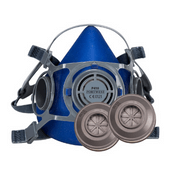


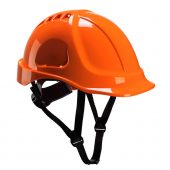
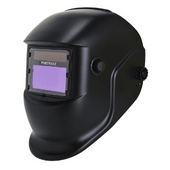


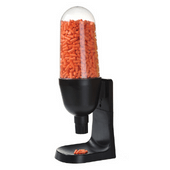
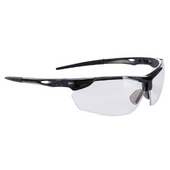
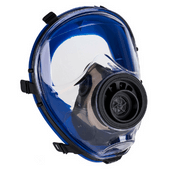



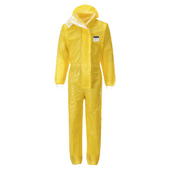










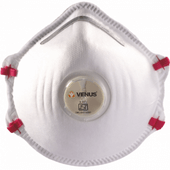
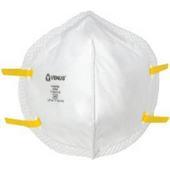
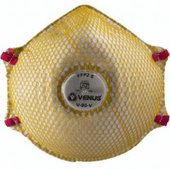
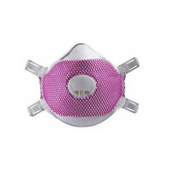


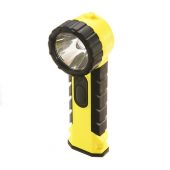


















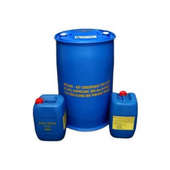
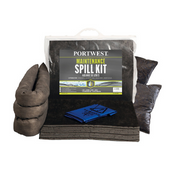


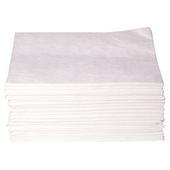

Military, 1 year 6 months in the Philippines, Subic Bay, San Miguel, and Clark AFB Nice duty stations, however, I have had 2 cancers, 2 times, (both removed, surgery).. Oxygen 24/7, for life, 5 Heart Attacks, 8 or 9 stents put into heart… Left kidney surgery, constant stabbing pains in lower back, right knee failure, have to use walker… i no longer drive !! VA denies everything, is of NO help to many of the Vietnam Vets… !!!